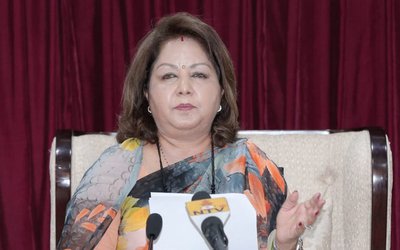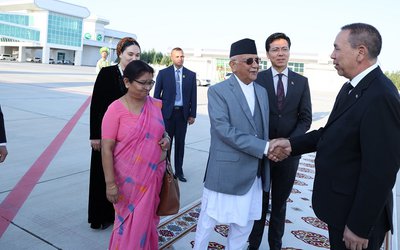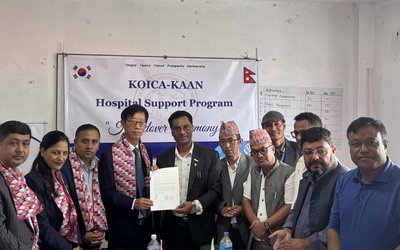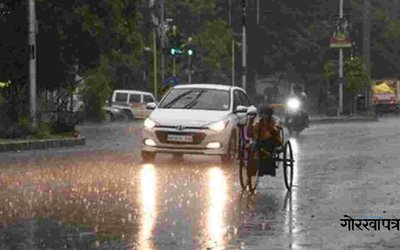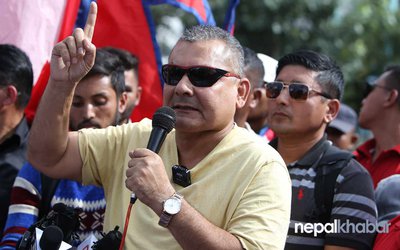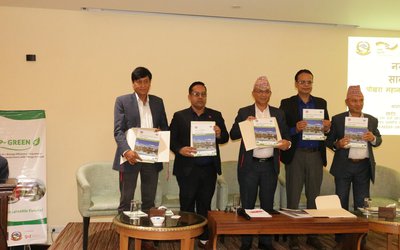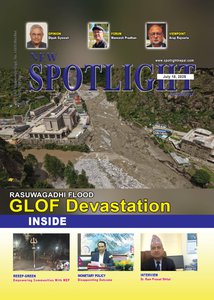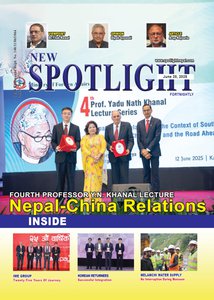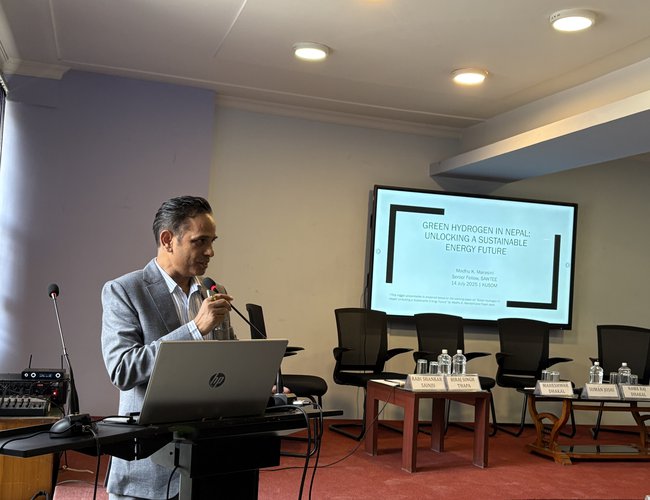

As the climate crisis intensifies, the global search for sustainable and clean energy solutions has become more urgent than ever. Marked by a steady rise in global average temperatures and increasingly erratic weather patterns, climate change has become the defining challenge of our time for all countries, including Nepal and the whole of South Asia. A major cause of climate change is the global dependence on fossil fuels.
Thus, to mitigate greenhouse gas emissions, it is imperative that countries transition to clean, renewable energy systems, earlier than later. In this regard, green hydrogen—produced via water electrolysis powered by renewable energy—has emerged as a potential critical enabler for countries worldwide to transition toward net-zero economies.
Nepal currently generates around 3,000 MW of hydropower, with plans to expand capacity to 28,500 MW within a decade through US$ 46.5 billion in public and private investments.
With hydroelectricity recognized as a priority sector by the government, there are credible grounds to foresee potential in leveraging surplus electricity towards making green hydrogen a transformative energy alternative. Additionally, specialized research institutions such as Green Hydrogen Lab at Kathmandu University has been working to develop necessary technologies to support this transition. This represents a major opportunity to engender clean industrialization domestically, diversify energy exports, and support a regional clean energy transition.
Against this background, Madhu Marasini - Senior Fellow, and Prajol Joshi, Economist at South Asia Watch on Trade, Economics and Environment (SAWTEE) has prepared an issue note on: “Green Hydrogen in Nepal: Unlocking a sustainable energy future”.
To this, SAWTEE and the WTO Chairs Programme–Nepal at the Kathmandu University School of Management (KUSOM) jointly organized a stakeholder discussion programme to discuss the prospects of green hydrogen in Nepal, ongoing developments in the sector at global and regional levels, the challenges, and the way ahead.
In his trigger presentation Marasini, Senior Fellow, SAWTEE highlighted that energy today is more than just a resource; it has become a key tool in foreign policy and international trade. Energy diplomacy now plays a vital role in global political relations, highlighting the need for stronger coordination between nations.
Dr. Biraj Singh Thapa, Team Leader of the Green Hydrogen Lab at KU emphasized that hydrogen continues to gain momentum globally, unlike in past energy transitions, Nepal is progressing in parallel with other countries – both developing and developed - in key areas such as research, human resource development, and other. This presents a valuable opportunity for Nepal to build a hydrogen economy that reflects its specific needs and strengths.
Nawaraj Dhakal, Executive Director, Alternative Energy Promotion Centre remarked that green hydrogen is gaining attention in Nepal, with its inclusion in NDC 3.0 and the national budget. But awareness is still low. The government, academia, and private sector must work together to implement the policies to support adoption of green hydrogen with a clear roadmap.
Dr. Maheshwar Dhakal, Joint Secretary, Ministry of Forest and Environment said that green hydrogen has been included in Nepal’s NDC 3.0, signaling a shift toward sustainable energy and reduced reliance on imported fossil fuels. Strengthening academic collaboration by Nepali Universities with Universities in China and India can support and accelerate progress through shared knowledge and research.
Suman Joshi, Executive Member of the Independent Power Producers’ Association of Nepal stated that Government of Nepal needs to subsidize backward and forward linkages and processes for the promotion of green hydrogen within Nepal. That will greatly encourage private sectors to invest in green hydrogen as it can also be considered a value addition to hydropower generation.
Sandip Kumar Dev, Joint secretary. Water and Energy Commission Secretariat said that to build public awareness and trust towards green hydrogen, we need to demonstrate real projects, at least through pilot projects. The government must create supportive environment for encouraging the private sector to make investments in the sector.
Prof. Dr. Achyut Wagle, Vice Chancellor of Kathmandu University stated that Kathmandu University, as an academic institution, is ready to play its role in developing necessary human resources and technical innovations. We aim to partner with utility companies, municipalities, and the private sector to drive component-based projects, despite technical challenges.
Dr. Posh Raj Pandey, Chair Emeritus concluded the programme by stating that there is a need to assess the supply and demand of green hydrogen to better understand its eco system. He further emphasized the need to be aware of hydrogen leakages while developing the ecosystem.
Participants included policymakers, academics, journalists, energy experts, industry stakeholders, and members of civil society.
- Diplomatic Efforts On For Search, Rescue Of Nepalis Missing In Uttarakhand Floods: Minister Rana
- Aug 08, 2025
- PM Oli Expresses Sorrow Over Flood-Triggered Loss In Uttarakhand, India
- Aug 08, 2025
- Prime Minister Oli To Return Home Today
- Aug 08, 2025
- Monsoon's Influence To Prevail Across The Country Today
- Aug 08, 2025
- KOICA-KAAN Supported Primary Hospital, Thankot Worth NPR 14,04,895
- Aug 07, 2025
